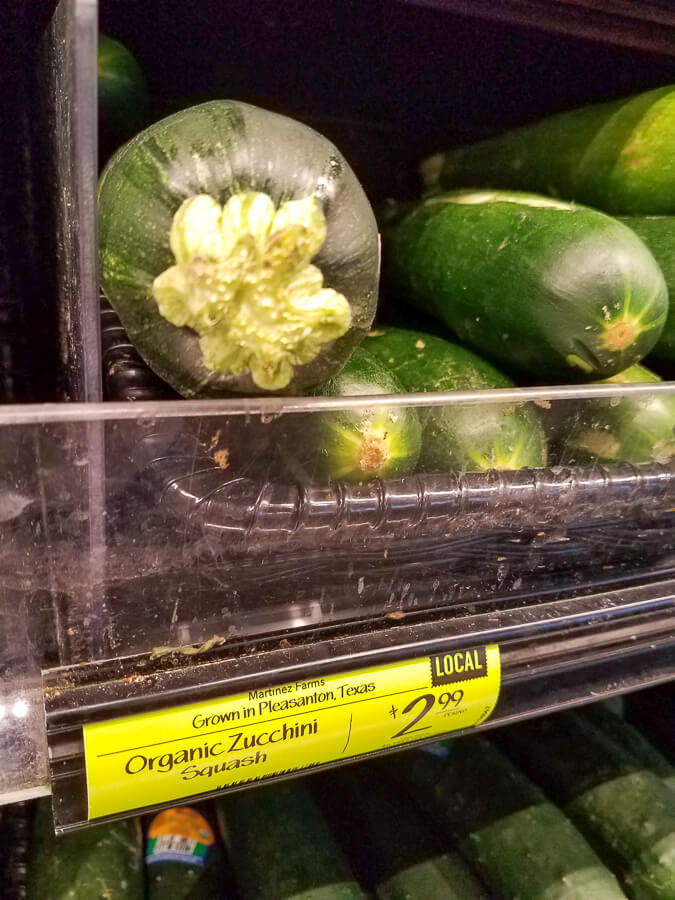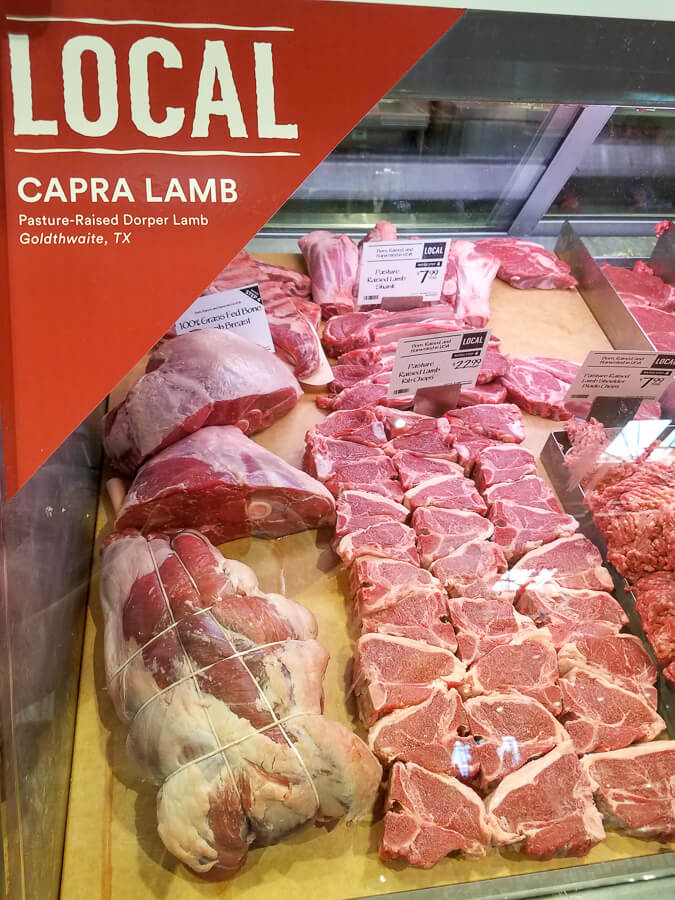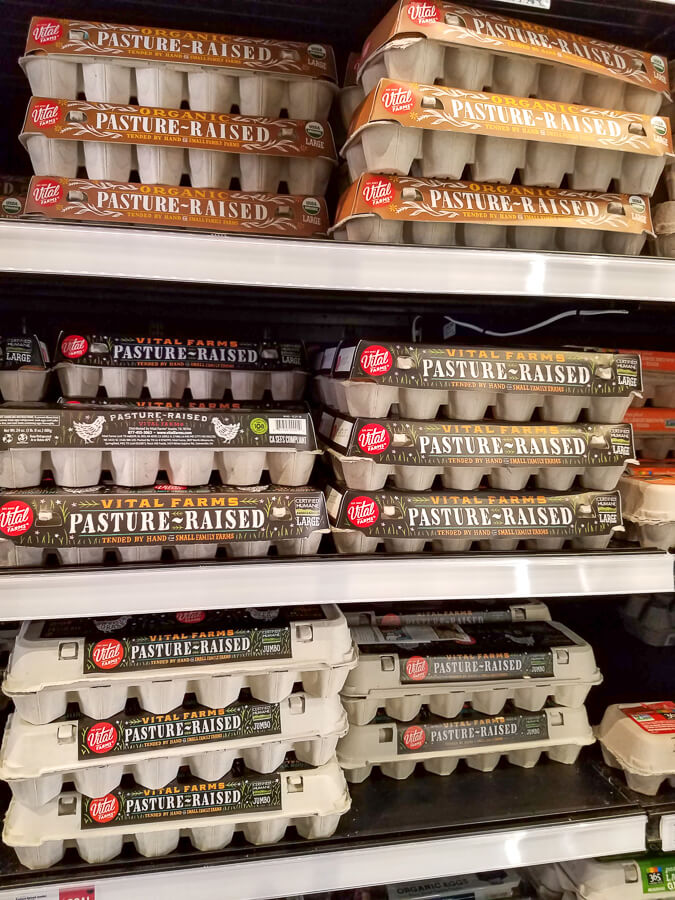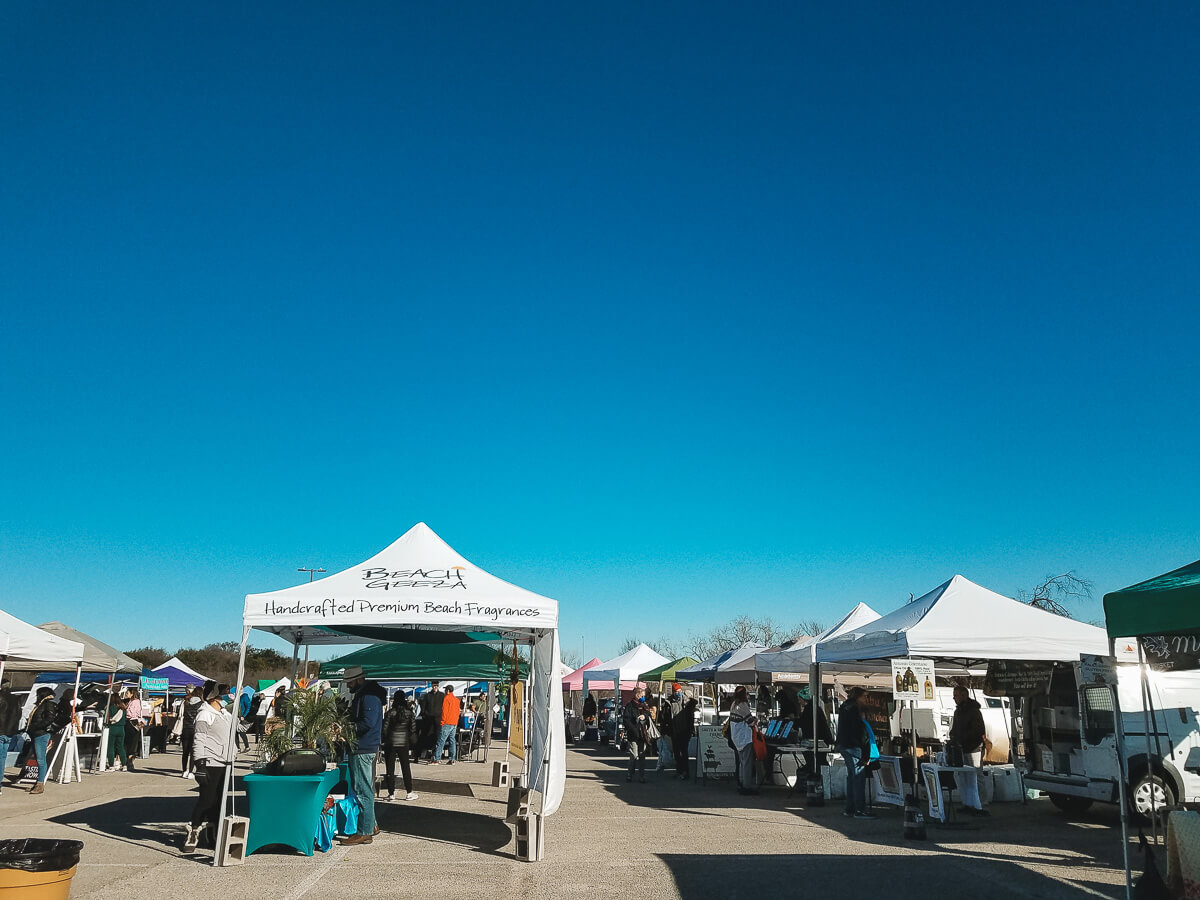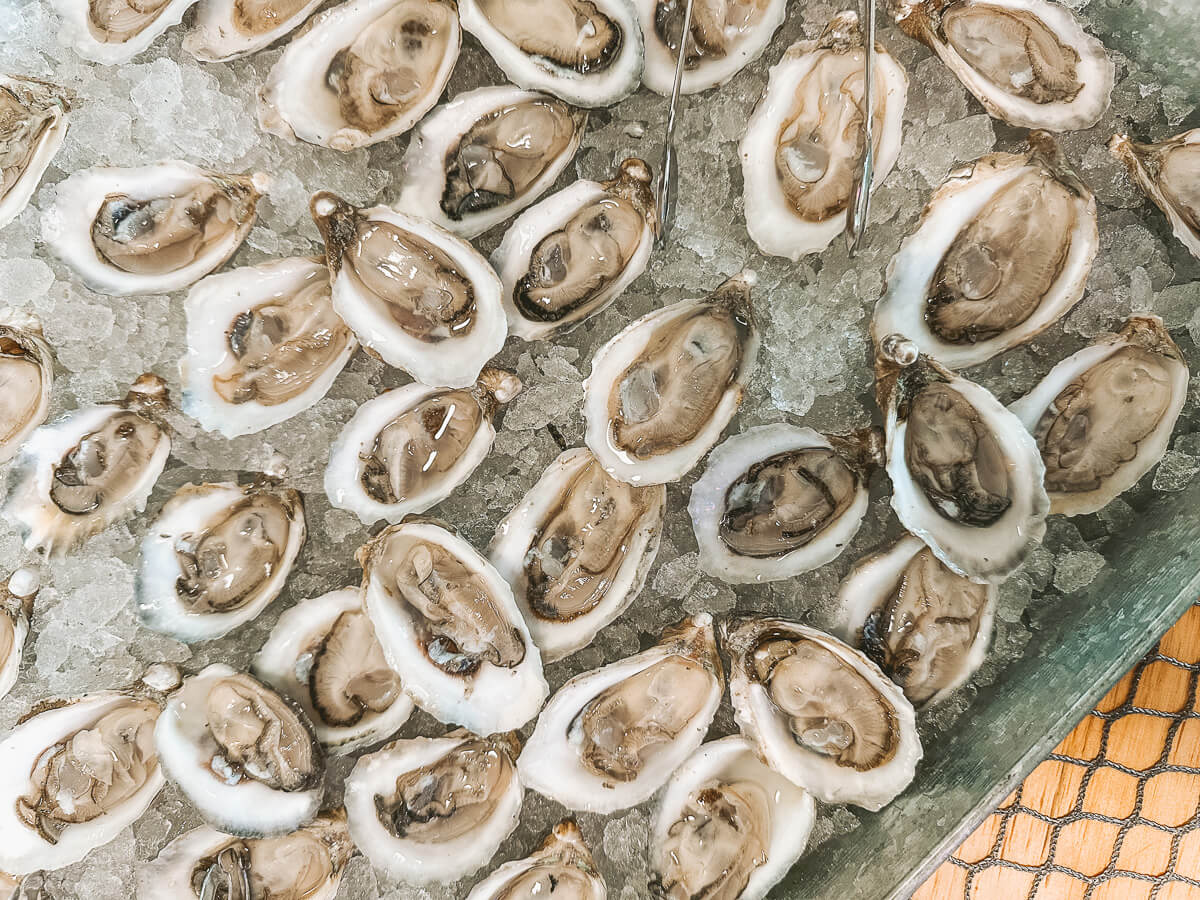This year, I’m taking on a farm-to-table, #localmonthly challenge where I eat local, home-cooked meals for one day every month. All ingredients from these meals are from Texas. (See the first post here.)
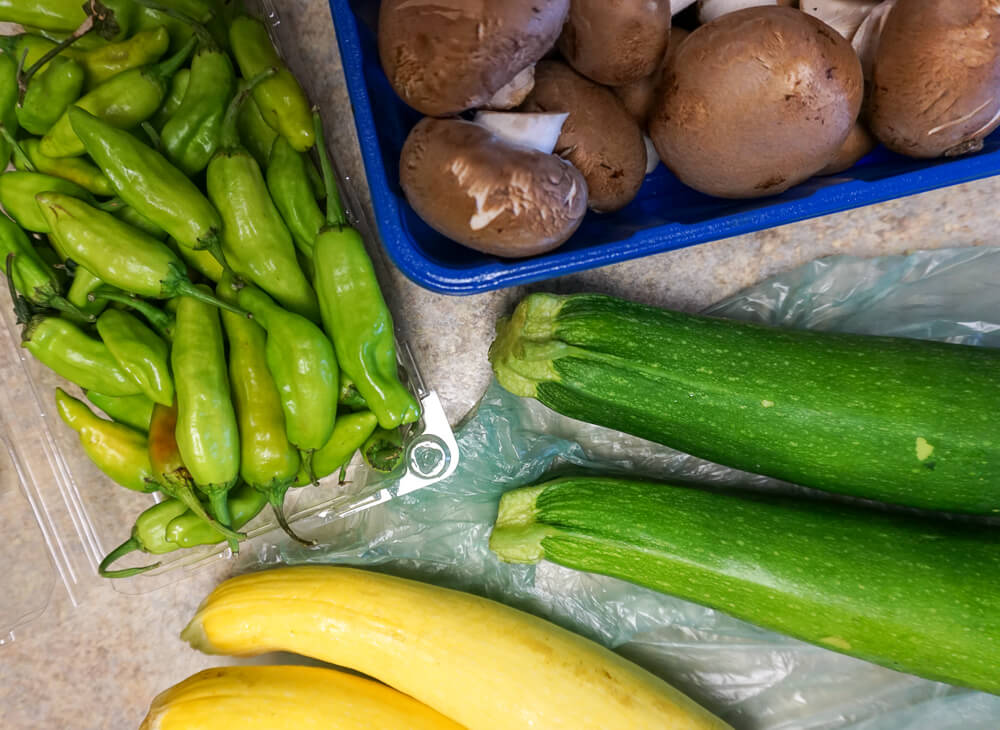
Eating local is easy, right? In this post, let’s break down the options for the food you eat.
Where Do You Shop Local?
Imagine the time when our ancestors lived on their own plot of land. They gardened, farmed, raised animals, and traded with their neighbors. They intimately knew their food. Some of us have our own backyard gardens today. That’s as local as you get.
If you don’t have your own garden but want to eat local, you might visit a farmers market where farmers bring their produce to sell. But if you can’t make the specific time and place when the farmers market is held, your last resort is the grocery store. I can’t begin to imagine the complexities of shipping and delivering the products from all over the world to our local grocery stores! In those shipments are products that come locally within your state.
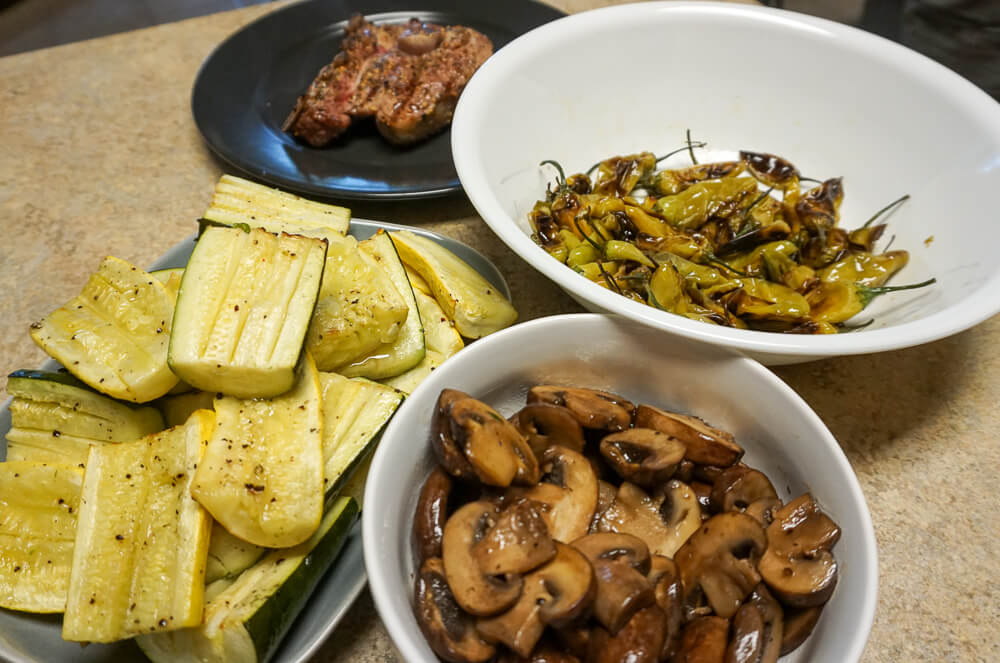
In Austin, my grocery stores do a good job of telling customers when products are local. I’m not sure if it’s a marketing strategy or if Texans are more likely to eat local produce, but I’m proud of the transparency. A step above a “local” or “Texas” label, some groceries, like Whole Foods Market, also share information about the farm or company along the shelves. I intended to shop at the farmers market this month, but I started browsing the produce section and realized I should go ahead and shop for our local meal while I was there. The labels made it easy to see which farm the food was grown and raised.
In many of our cities, it’s not a matter of access but a decision we make to eat local. While some products cost more than their non-organic option and some grocery stores may be more expensive than others, many grocery stores provide great options if we stop and read the labels.
August’s Farm-to-Table Meals
Instead of a farmers market visit, I had an impromptu shopping trip at Whole Foods. There are a few cheat items on this list, meaning some of the consumer goods are made by Texas companies, but the ingredients in their products might not be from Texas. For example, this jar of kimchi is made by an Austin company but it doesn’t specify that the ingredients inside were grown in Texas.
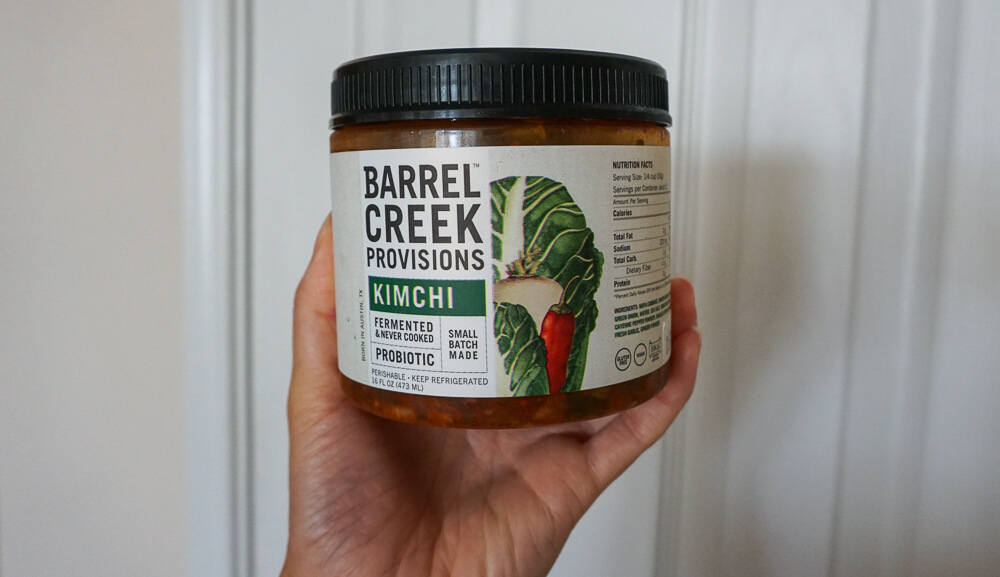
Here’s what I ended up buying for $42.91:
- One container of shishito peppers from Johnson’s Backyard Garden of Austin, TX ($4.99)
- One container of baby bella mushrooms from Kitchen Pride Mushroom Farms of Gonzales, TX ($4.99)
- Two yellow squash and two zucchini from Martinez Farms of Pleasanton, TX ($4.58)
- One container of kimchi from Barrel Creek Provisions of Austin, TX ($7.99)
- One 0.65 lb lamb shoulder steak from Capra Lamb of Goldthwaite, TX ($5.19)
- One bag of tortilla chips from Gloria’s Premium Tortilla Company of Fort Worth, TX ($4.49)
- One jar of salsa from Clint Texas Salsa of San Antonio, TX ($3.69)
- One dozen eggs from Vital Farms of Austin, TX ($6.99)
Here are the resulting meals:
Daytime Snacking: Chips and Salsa; Boiled Eggs; Kimchi Pancake
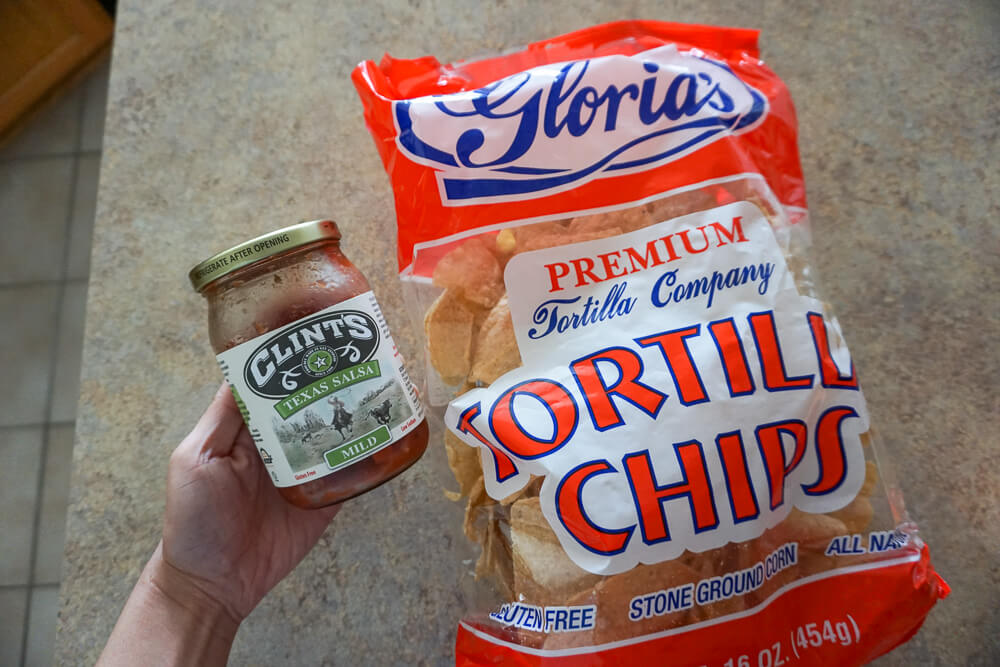
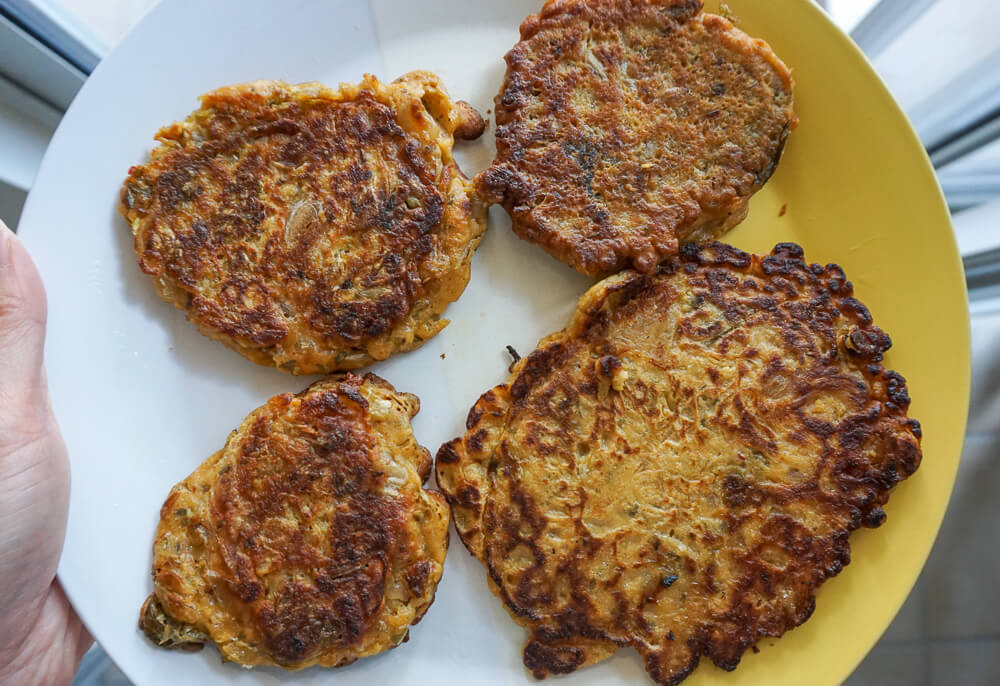
Dinner: Blistered Shishito Peppers; Roasted Yellow Squash and Zucchini; Stir-fried Mushrooms; Grilled Lamb Steak
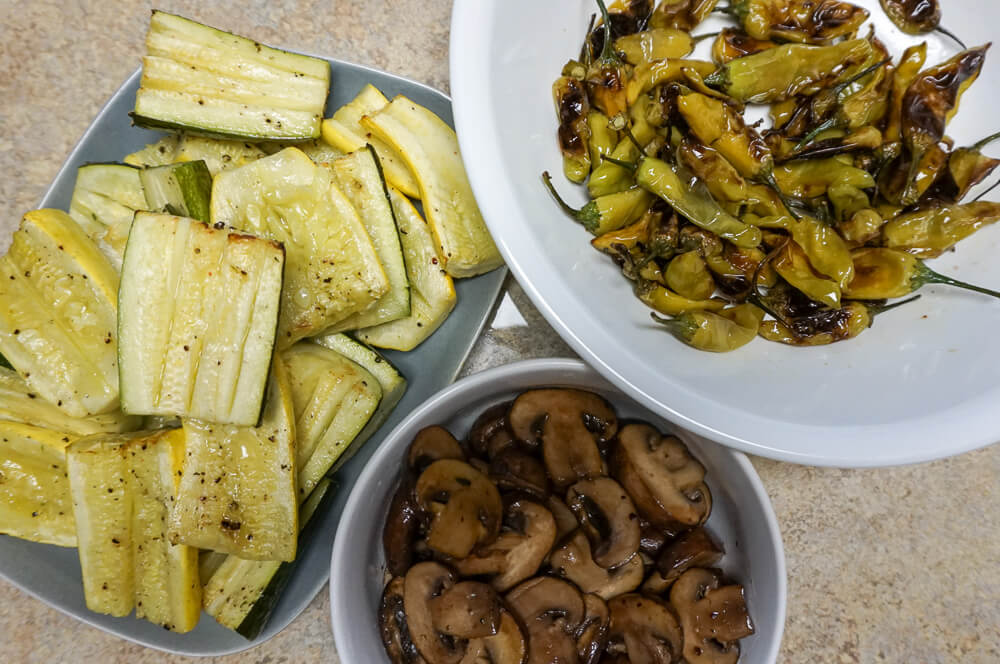
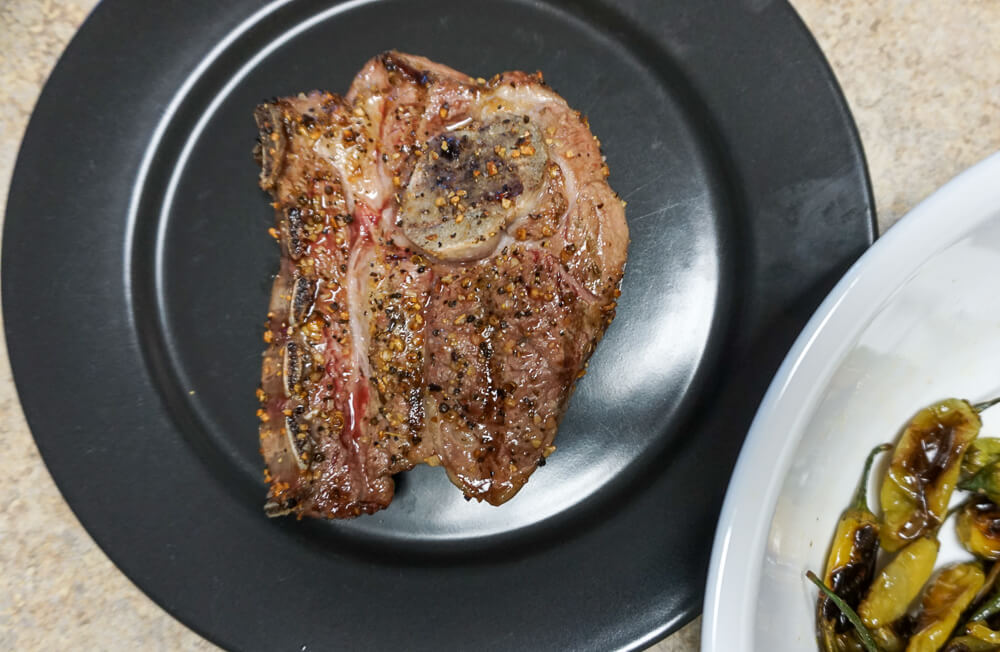
Conclusion
Everything we ate was delicious! There are only three more months of this challenge! It is bittersweet and I’m planning on savoring all the meals until then.
P.S. Curious about my other posts from this challenge so far? See them here.
You can find me on Instagram, Facebook, Twitter, Pinterest, and Bloglovin’. You can also subscribe to the exclusive email list.

